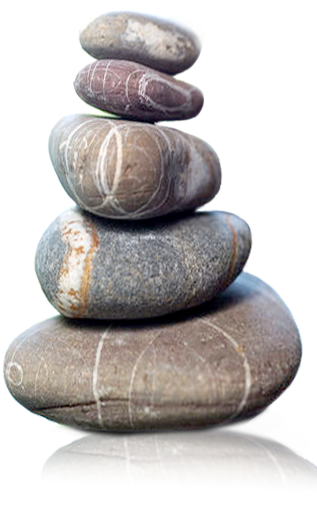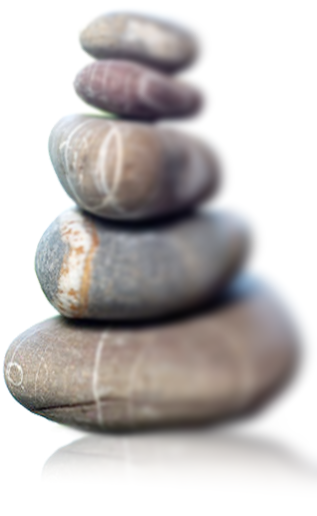By Paul Costin
•
June 14, 2015
The Myth of Core Stability Note: Much of the information in this article is taken from the paper ‘The Myth of Core Stability’ by Dr Eyal Lederman. Core stability (CS) arrived in the latter part of the 1990’s. It was largely derived from studies that demonstrated a change in onset timing of the trunk muscles in back injury and chronic lower back pain. These studies along with general beliefs about the importance of abdominal muscles for a strong back and influences from Pilates have promoted several assumptions prevalent in CS training: That certain muscles are more important than others for stabilisation of the spine, in particular transversus abdominis (TrA). That there is a unique group of “core” muscles working independently of other trunk muscles That there is a relationship between stability and back pain That weak abdominal muscles lead to back pain That strengthening abdominal or trunk muscles can reduce back pain That a strong core will prevent injury. As a consequence of these assumptions, a whole industry grew out of these studies with gyms and clinics worldwide teaching the “tummy tuck” and trunk bracing exercise to athletes for prevention of injury and to patients as a cure for lower back pain. At that point core stability became a cult and TrA its mantra. The human spine is an inherently unstable structure, probably more suited to quadrapedal rather than bipedal activity, and is held up by ligaments and muscular tone (‘core muscles’). But are these muscles unique CS muscles (especially TrA)? Lets look at some situations in which abdominal/CS tone is compromised. Pregnancy During pregnancy, many women have a much reduced ability to perform a sit-up due to the lengthening and weakening of their abdominal muscles. However, there is no correlation between this and incidence of low back pain. In a study of 869 women with pain during pregnancy, 635 recovered just 1 week after giving birth even though it takes 4-6 weeks for abdominal muscles to return to their normal length and approximately 8 weeks for pelvic stability to return to normal. Obesity This leads to lengthening of abdominal muscles, especially TrA and rectus abdominis thereby compromising their function. However, there is only a very weak correlation between this and incidence of low back pain. Surgery Post mastectomy reconstructive surgery involves the removal of half of the rectus abdominis muscle resulting in major changes in strength and motor control. Once again, there is no correlation between this and incidence of low back pain. Timing of muscle contractions Although chronic low back pain (CLBP) patients do have a (very slight) delay in contracting TrA, this contraction is merely the first in a long a complicated series of events, is not the most important, and could well be a functional protective mechanism. This delay amounted to 1/50th of a second, which is well beyond conscious control of the patient and beyond the therapists ability to test or control. This is ‘got around’ in CS training by contracting the muscles well before any perturbation in balance occurs; but the contraction is a gross uncomplicated mass contraction which does not take into account the fact that every movement has a complex pattern of contractions of different muscles, and different fibres of the same muscle, that are again beyond the conscious control of the patient. Strength issue CS training is based upon increasing strength despite there being no correlation between strength and CLBP. In fact only low levels of strength are required for everyday movements such as walking, sitting and bending, so why the focus on increasing strength? In addition, there are many examples of both symptomatic and asymptomatic patients having identical abdominal muscle contraction patterns. In any case, many CS exercises do not reach the 70% MVC (maximal voluntary contraction) required to produce muscle hypertrophy (strengthening and increase in size). Core muscles? The idea of there being a discrete group of purely ‘core’ muscles is an anatomical distinction rather than a functional one. Even if it were possible to activate TrA only during functional activity, it would involve the conscious overriding of a vast number of complex muscle contractions which would make any movement vastly difficult or even dangerous. These contractions are controlled by spinal motor centres that are beyond conscious control of the patient. Injury leads to widespread effects, in fact in tests, the more EMG electrodes placed on a subject, the more complicated the picture becomes. Similarity/Specificity Principle When human beings repeatedly practice a skill they become better at that specific activity i.e. you don’t improve your cello playing by practicing the violin. So when people practice complicated CS exercises to improve their (for example) basketball skills, they tend to become very much better at performing those CS exercises with very little effect on their basketball ability. Internal vs external focus Internal focusing is what practicing and training are all about- you concentrate on skills rather than outcomes in order to improve your technique and therefore your outcomes in the long run. CS training is all internal focus. When (for example) a sportsman performs his sport, he must focus externally in order to play the game, hoping that the hours of practice that he’s done hold him in good stead. Worrying about finer points of technique would seriously impede the players ability- thinking about contracting TrA whilst playing sport would be very likely to have a similar effect. Economy of movement When TrA is contracted the contraction is braced by the contraction of (at least) rectus abdominis, internal and external obliques, the diaphragm and pelvic floor, and the LES. Co-contraction of muscles is a waste of energy and is usually a sign of an unskilled person, therefore TrA activation during sport leads to a reduction in efficiency of movement. CS in injury prevention and treatment As logical as it might seem, there are no studies that back this idea up. When CS is compared with drug therapy or no therapy for treating CLBP it is of course much more effective however, when compared to other types of exercise programmes it is no better at all. The best exercise is probably that which the patient will actually do, which may or may not include some CS elements. CS and the etiology of LBP Ignoring the (very important) psychological, psychosocial and genetic factors involved, environmental causes can be split into 2 groups: Behavioral (poor use) and bad luck (sudden traumatic injury). Behaviorial- this includes poor posture, lifting protocols, seating, workstations etc. These often involve over contraction and/or co-contraction of muscles that in turn causes fatigue, pain and possibly failure. How does adding another ‘layer’ of contraction (TrA bracing) help this? Bad luck- this includes sporting injuries, slips and falls and RTA’s. During these traumas the body attempts to protect itself with complex patterns of muscular bracing that occur in a fraction of a second which are beyond our conscious control. CS bracing, even if it were possible in that sudden traumatic situation, could only worsen the effect of the trauma. Potential damage caused by CS The kind of muscular co-contraction called for by CS training tends to flex the lumbar spine and increase intra-abdominal pressure. This has the effect of compressing intervertebral discs and facet joints, increasing ligamentous creep (ligamentum flavum and pelvis ligaments especially) and causing muscle fatigue. Conclusion (direct quote from Dr Eyal Ledermanns paper) Weak trunk muscles and imbalances between trunk muscles groups are not pathological, just a normal variation. The division of the trunk into core and global muscle system is a reductionist concept, which serves only to promote CS. Weak or dysfunctional abdominal muscles will not lead to back pain, and tensing the trunk muscles is unlikely to provide any protection against back pain or reduce the recurrence of back pain. Core stability exercises are no more effective than any other forms of exercise at preventing injury or reducing chronic lower back. Any therapeutic influence is related to the exercise effects rather than CS issues specifically. There may be a danger of damaging the spine with continuous tensing of the trunk muscles during daily and sports activities. Patients who have been trained to use complex abdominal hollowing and bracing maneuvers should be discouraged from using them. If you’ve enjoyed reading this article and would like to discuss any issues raised please feel free to contact me on paulalexandercostin@gmail.com or 07973 852 874



